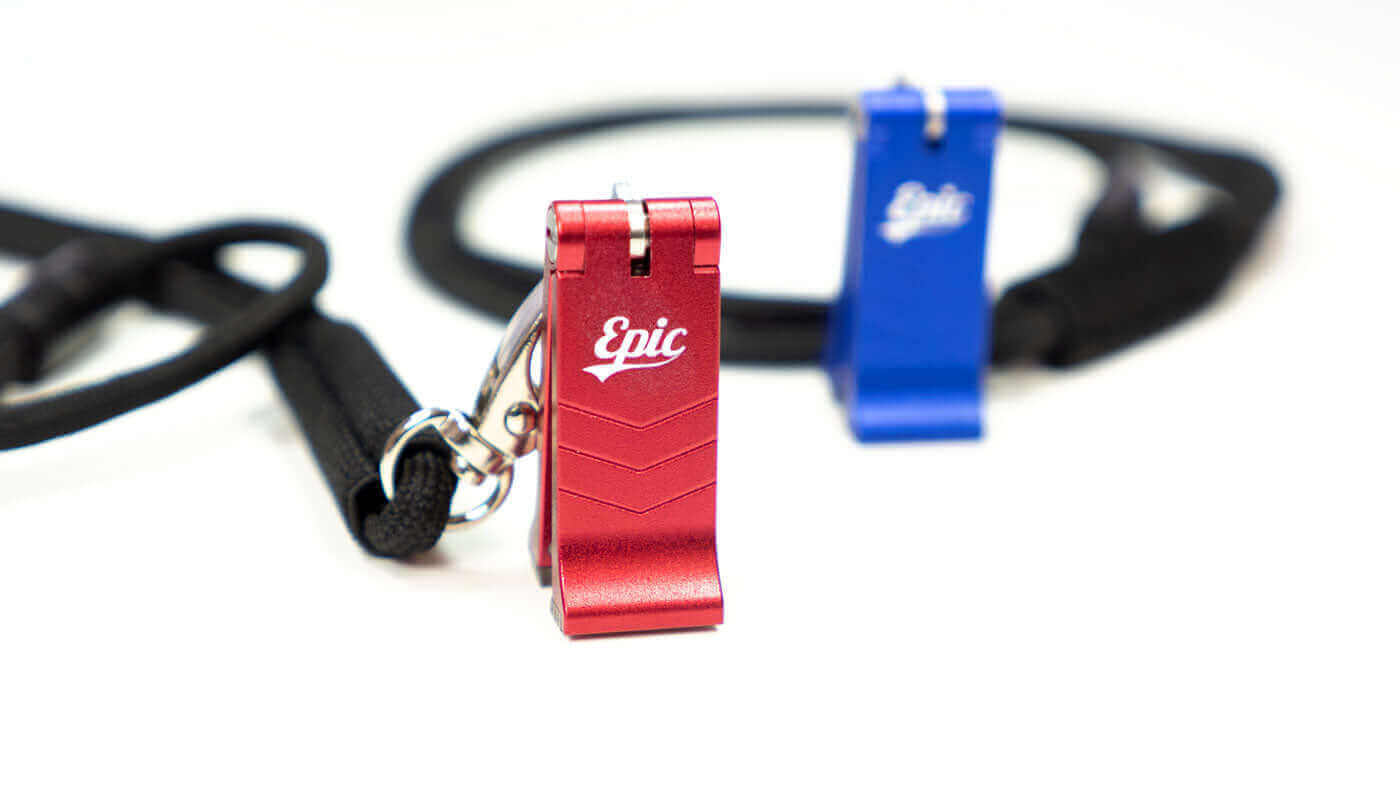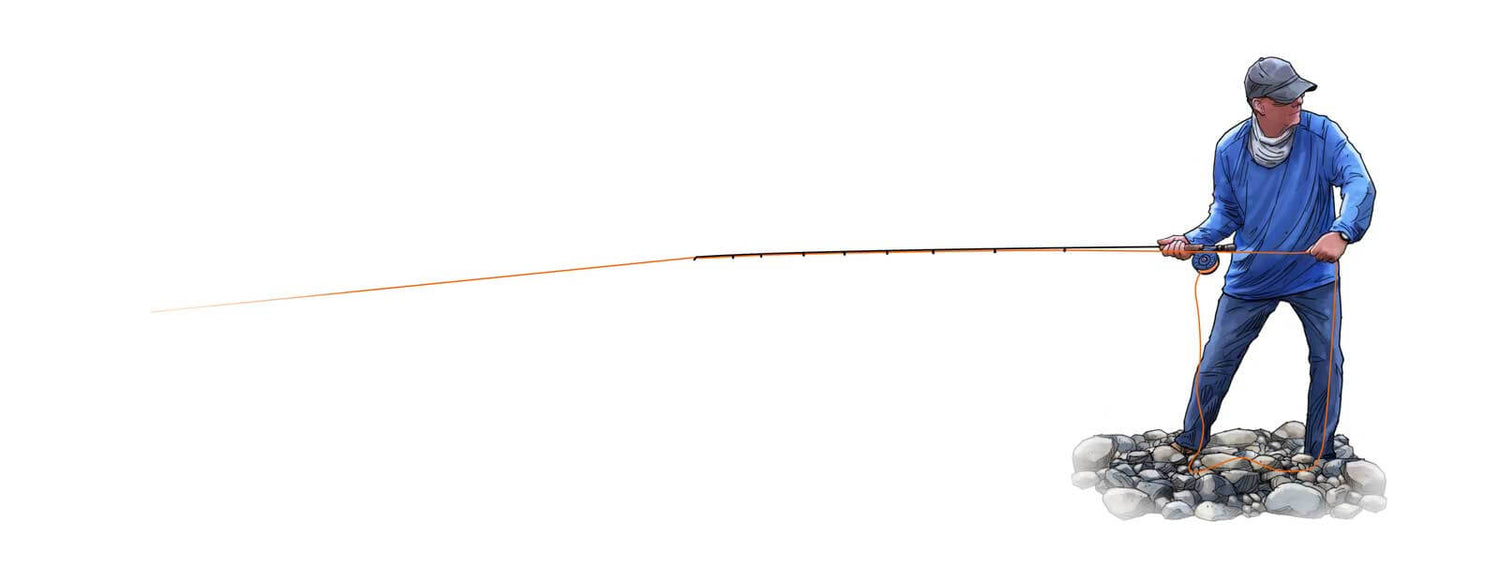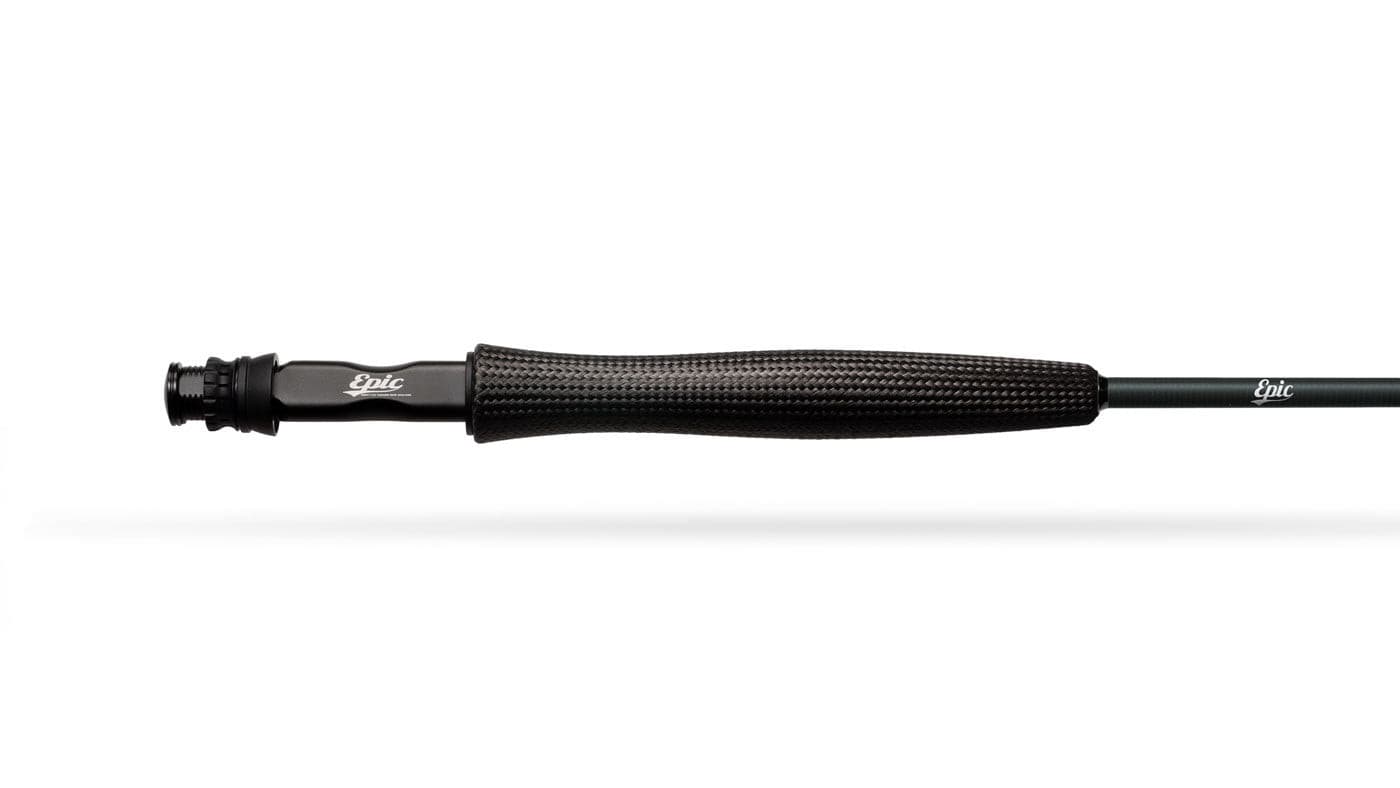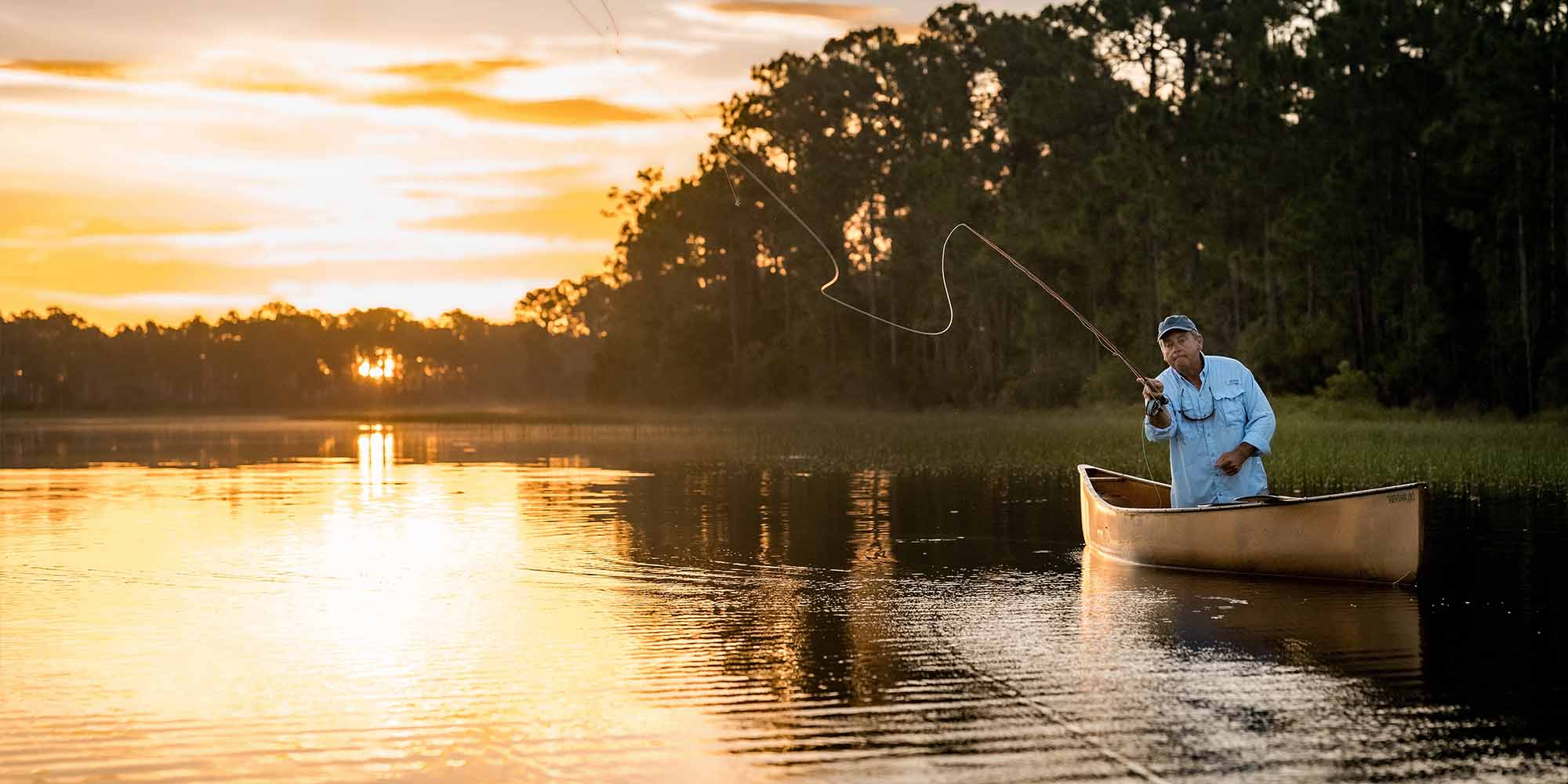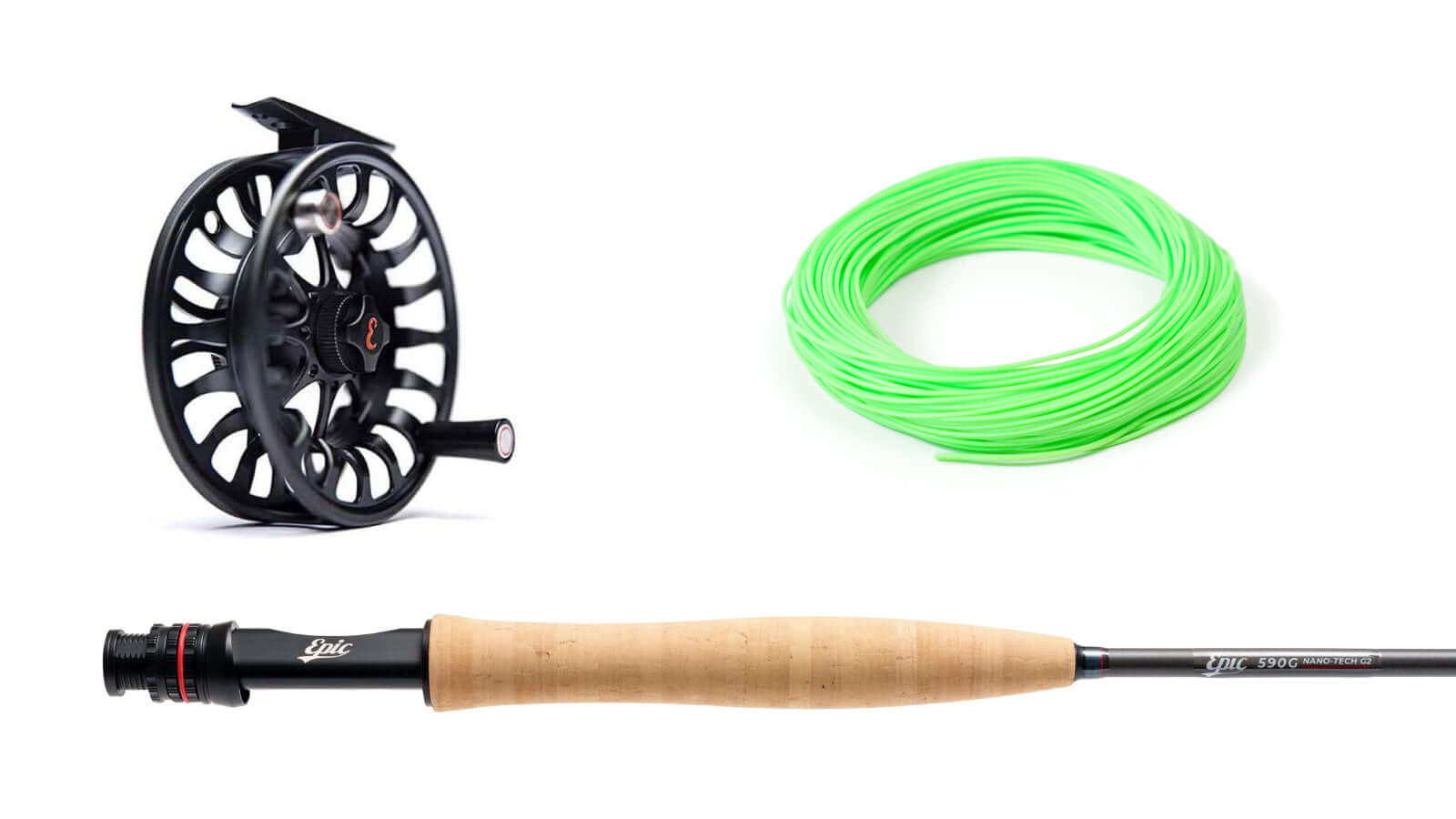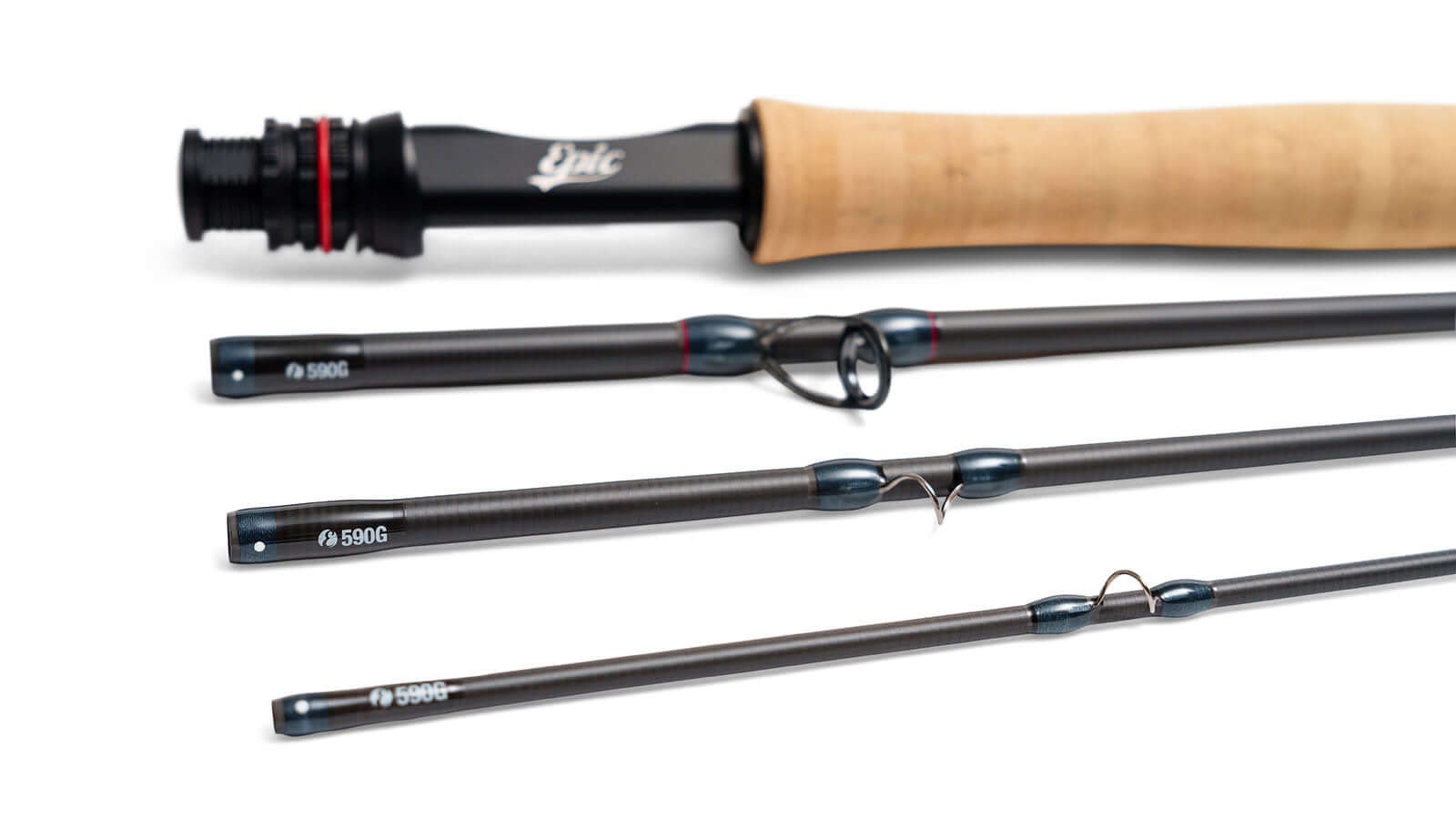The Rules of Disengagement - 10 techniques for getting unsnagged
By Joe Mahler
We all get snagged from time to time – it’s a fact of fishing. And just as Babe Ruth simultaneously led the league in home runs and strike outs, my guess is that the best anglers get snagged more than their lesser-skilled brethren. They just get unsnagged more. From rocky streams, to wooded lakes, to saltwater backcountry, you have to be bold to get the fly in the right spots. Snags of all descriptions are inevitable; the key is being prepared to deal with them. Here are some of the most common snag situations and tips that will save you time, flies and frustration.
First do no harm.
Commonly, the first reaction when a snagged, is to jerk, yank, or set the hook. Rarely does this do anything but bury the hook in the snag, or even break a rod tip. In most situations you have time. Relax, assess the situation, and make a plan.
The Tease
When casting to shoreline and you overshoot your target, chances are that the hook is not stuck in anything, just resting in the leaves and branches. Stop. Take a breath and then point the rod tip at the fly and SLOWLY strip, or tease, the fly towards you. Maybe add a slight wiggle. Most of the time the fly will easily make its way out and gently drop to the surface. If the leader is wrapped around a branch, pull the fly to within six inches of the branch and give it a quick pop, the fly will usually unwrap and come free.

The Steady Pull
When the tease doesn’t work and you feel resistance, try a slow steady pull without bending the rod at all. If the fly is hooked on a leaf, it should tear out without too much pressure. If using 15 pound test tippet or stronger, apply more steady pressure and you will likely break any small branches that have claimed your fly.
Freeing by hand
When all else fails, and you choose to remove the snag by going to the fly, resist the temptation to stick the rod tip in the brush – especially when fishing from a boat. A much better idea is to pull out enough line to completely relax the rod and reaching in to grab the fly. Many rod tips fall victim to heavy cover and the cost of a fly doesn’t justify the risk.
Breaking Off
If fly is hopelessly stuck and you are unable to get close enough to remove it by hand, breaking off the fly is your only choice. Be very careful when doing this, as the line and sometimes the fly, can come back at you with great force. With rod tip pointed at the snag, keep the line as low as possible (underwater is best), alert anyone near you, turn your head away and pull steadily with your body. Be careful not to jerk, as the sudden loss of tension may send you overboard.

Roll Cast Release
For snags that are more out in the open, such as a single branch or log, the roll cast release will usually do the trick. If you have a good roll cast, this should be easy, if not, a little practice may be in order. Begin by stripping some line off the reel and lowering the rod with the tip pointing at the snag. Next, smoothly draw the rod tip back (preferably to the side) until the fly line is well-behind you. Move the rod to the upright position and make a brisk forward stroke, stopping the rod tip high enough that the fly line unrolls above and beyond the snag. A short haul on the forward stroke will give your roll cast extra zing. It is critical to use enough fly line (not just the leader) so that it pulls the fly free in the opposite direction.

The Wiggle-up
This technique is great for log jams and rock snags. Begin by stripping out few feet of line and hold it in reserve. From a low position, point the rod tip at the snag and start a gentle side-to-side motion. Next, continue the side-to-side while raising the rod, slipping some line out and making the wiggles progressively wider. The side-to-side motion will often be just enough to pull your fly free.

The Downstream Release
When fishing a stream, underwater snags can be particularly maddening because most of the time you are not able to see the problem and when nymphing, the snag is often mistaken for a strike. If fishing from an upstream or cross-stream position, my go-to move is the downstream release. With the rod tip pointed downstream, pay out enough line so that the fly line goes well beyond the snag - the more line, the stronger the downstream pull. If the fly doesn’t free on its own, try giving a few short strips with the rod tip still pointed downstream.
The Pluck
This is my least favorite of the methods mentioned here, but it does work. Start by pointing the rod tip at the snag, and with your line hand, pull the line tight. Next, quickly release the line, resulting in a sudden loss of tension. The fly often comes free, but the initial tightening up can bury the hook deeper or damage the point.

The Tip Push
When you have and underwater snag and can get close to it, you may want to try stripping the line in while submerging the rod tip all the way to the fly and gently pushing it free. Be especially careful when using this technique; scuffs and micro-scratches from sharp rocks can damage both line and rod.
Fish on!
Ok, so you hooked the big one and she heads straight for the pilings. Or weed bed. Or log jam. The tug stops and you figure that the fish is gone. Maybe not. Oftentimes, when a fish no longer feels pressure from the angler, they will stop. As soon as the fish gets you hung, take the pressure off and wait. Sometimes they will swim back out on their own. Grouper fishermen use a tight line “strumming” technique that may be worth a try. When a fish gets in the weeds, slow steady pressure will often pay off. I once hooked a six-pound largemouth using 10lb. tippet. After a few jumps, the fish disappeared into a mountain of hydrilla, and after fifteen minutes of steady pressure, I finally “hand-lined” the beauty to the kayak.
A few general tips
- When possible, recover all leader material to keep birds and other animals unharmed.
- If your snag doesn’t free, change positions, and try from a different angle.
- After freeing your fly, be sure to check the hook-point and tippet for damage.
- When fishing from a drift boat, be prepared to execute these moves swiftly.
A little patience and the right approach will save you valuable time on the water and keep more flies in your box.
Author

Joe Mahler is one of the USA's leading fly casting instructors and author and illustrator of “Essential Knots & Rigs for Trout” and “Essential Knots & Rigs for Salt Water”. You can Book a fly casting lesson with Joe via his website here



